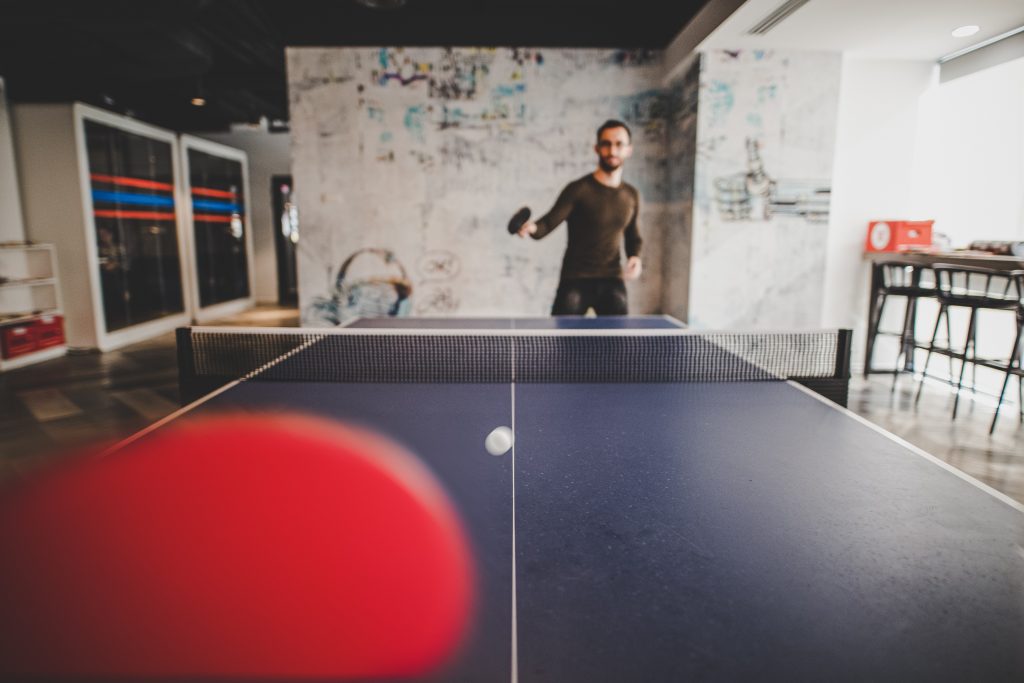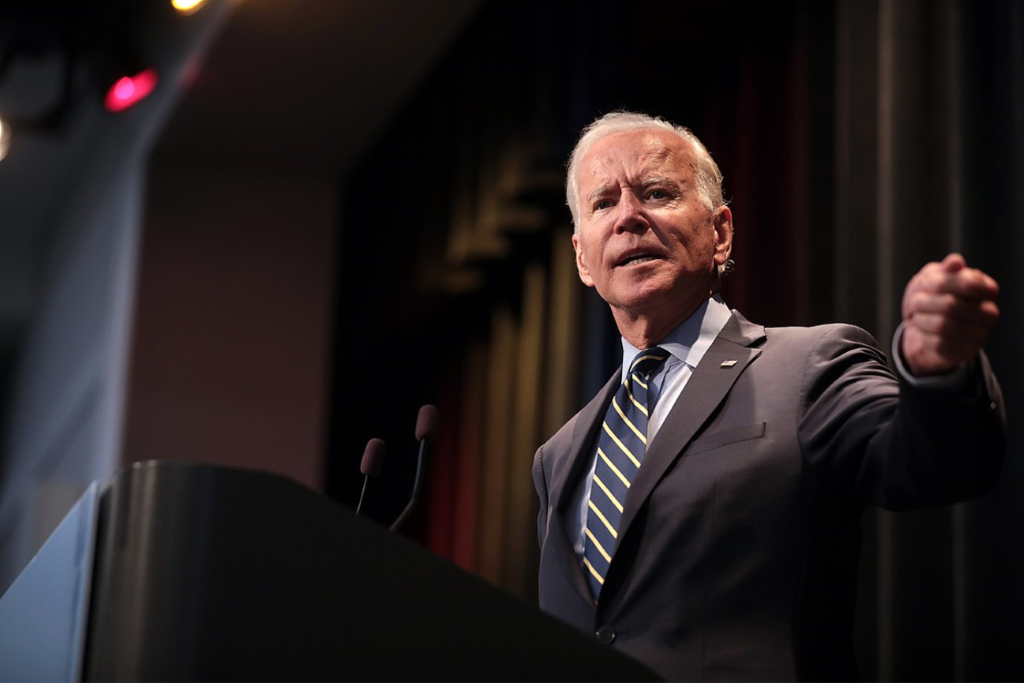Indeed, does the number of massage chairs on-site or the amount of free haircuts a company gives employees equate to how long people will work for them?
Enter reality. Work places are getting busier. As technology makes everyday tasks easier, more is expected of people. These incentives may appeal in the job description but once on board many are too busy to enjoy these promised benefits.

Of course, high productivity doesn’t have to and shouldn’t come at the cost of employee’s health and wellbeing. And as evidence shows, supporting the physical and mental health of your workforce has enormous benefits.
A 2010 review of US health and wellbeing programmes found that every dollar spent on these initiatives reduced the company’s medical costs by $3.27 and absentee costs by $2.73.
But this doesn’t necessarily mean you have to do your employee’s washing or take them skiing.
Instead focus on the things you can do to make their work more satisfying. Is it better to provide people with hammocks, or give them the tools they need to do their job efficiently so they can go home in good time and recharge?
Staying active in a more virtual world
The average person will spend around 90,000 hours at work over a lifetime. In many professions that time will be spent sitting in front of a screen. These long periods of inactivity severely impact health. If you know your workplace could be harming your employees then it’s time to step in.
There are a number of large companies that are starting to take employee welfare very seriously.
US energy company Chesapeake Energy has invested heavily, fully-equipping their campus with a state-of-the-art fitness centre complete with an Olympic-sized swimming pool and climbing wall.

Promoting good physical health may seem like the easiest thing to get right. But only too often these services are devised by well-meaning HR team but are not fully endorsed at director level.
Leaders need to set the example. Like the CEO of US airline Delta Air Lines, Ed Bastian. A keen marathon runner, he regularly invites employees to train with him and is constantly reminding people of the benefits of keeping fit.
Feeling included
The same can be said for policies supporting mental health. The software company Buffer realises that without the director buy-in, work environments are hard to change. That’s why their CEO, Joel Gascoigne, freely talks about his mental health and tweets about his therapy sessions.
Openness around mental health and addressing it in a human, non-medical way to reduce stigma is what every organisation should be aiming for.
Research shows that the way a manger talks to their employee about a health problem affects outcomes, with more supported employers taking less sick leave.

There are plenty of specialist organisations available that can give managers the tools to approach the subject with their team, as well as external services that can benefit the whole company. And if people know these services are available they are likely to use them.
Merck invited a speaker from the National Association of Suicide Prevention to provide a webcam presentation on mental health and what can be done in the workplace to help. Up to 65,000 employees around the world tuned in.
An environmental change
Fitness classes and therapy sessions aren’t the only ways to retain talent. Companies need to respond to how the world has changed.
Flexible working is one of the most successful ways to help employee feel on top of their work and life and boost social wellbeing. If people feel empowered to work to their own schedules and control their own lives, they’re more likely to be fulfilled and stay put.
But even though more employers are allowing remote working, a recent survey suggests that 30% of people still worry about working flexibly. This is because they fear it will harm their career or because they do not feel fully trusted by leadership. This highlights that employers still have some work to do before everyone can fully enjoy the benefits of working from home.
As the world changes people change too, producing a new generation of workers who have a different approach to life. Millennials and Gen-Zers don’t necessarily aspire to move up the career ladder like their predecessors.

For them a fulfilling career isn’t necessarily promotion but may be the opportunity to learn new skills, meet different people or travel more. Addressing this need for adventure is key to keeping these younger crowds engaged.
Know who you employ
Finally, ask people what would help them improve their wellbeing. Just like each company will have its own sets of challenges when it comes to promoting wellbeing, each and every single one of us is a unique being with our unique needs.
While orchestrating lip sync battles at the local restaurant may promote some inter-colleague bonding, the people you employ may just not be in to that kind of fun.
Remember development and wellbeing are interconnected. When one feels they are performing well, has the sense of achievement they also feel better about themselves. Being active can help people manage stress so they can perform better when at work.



